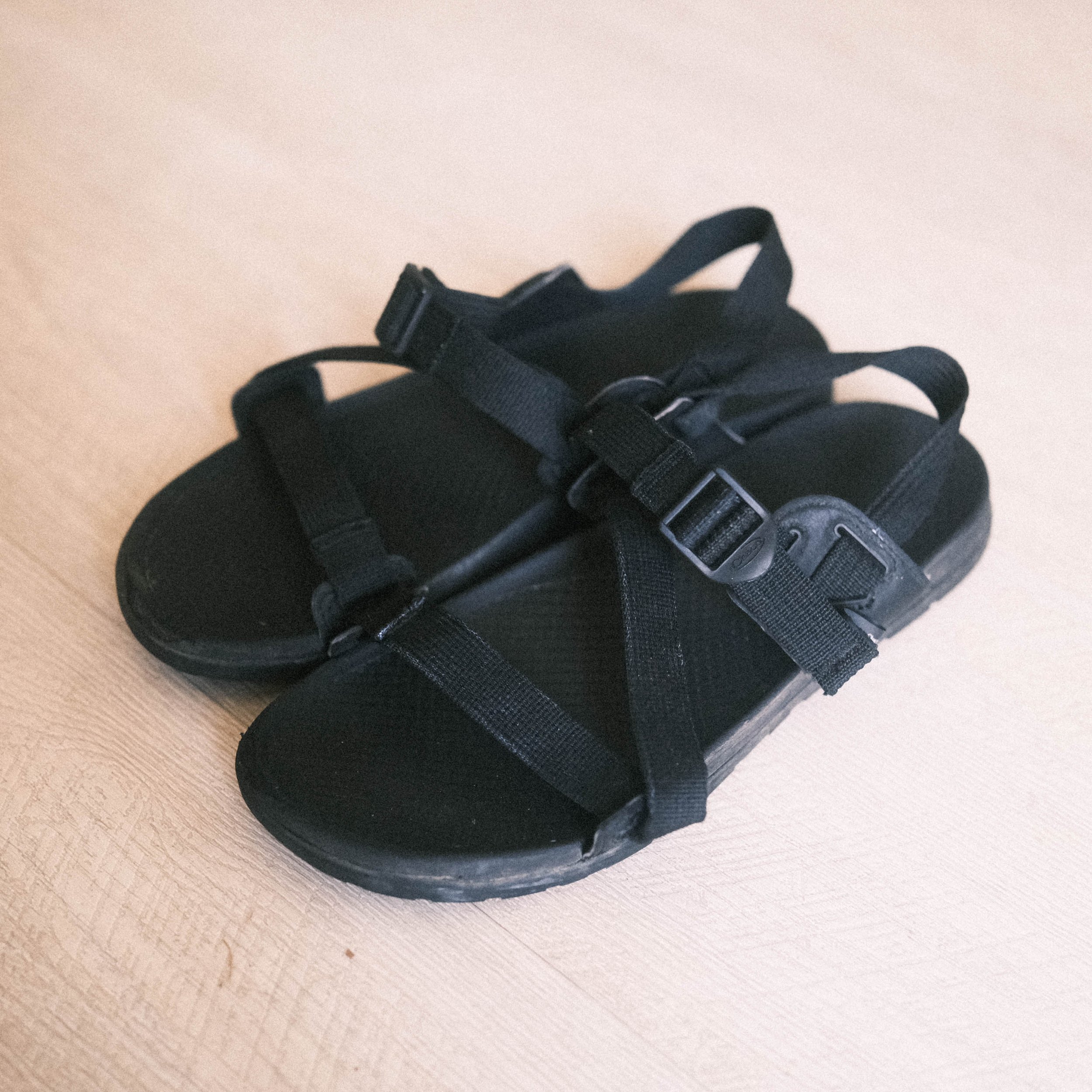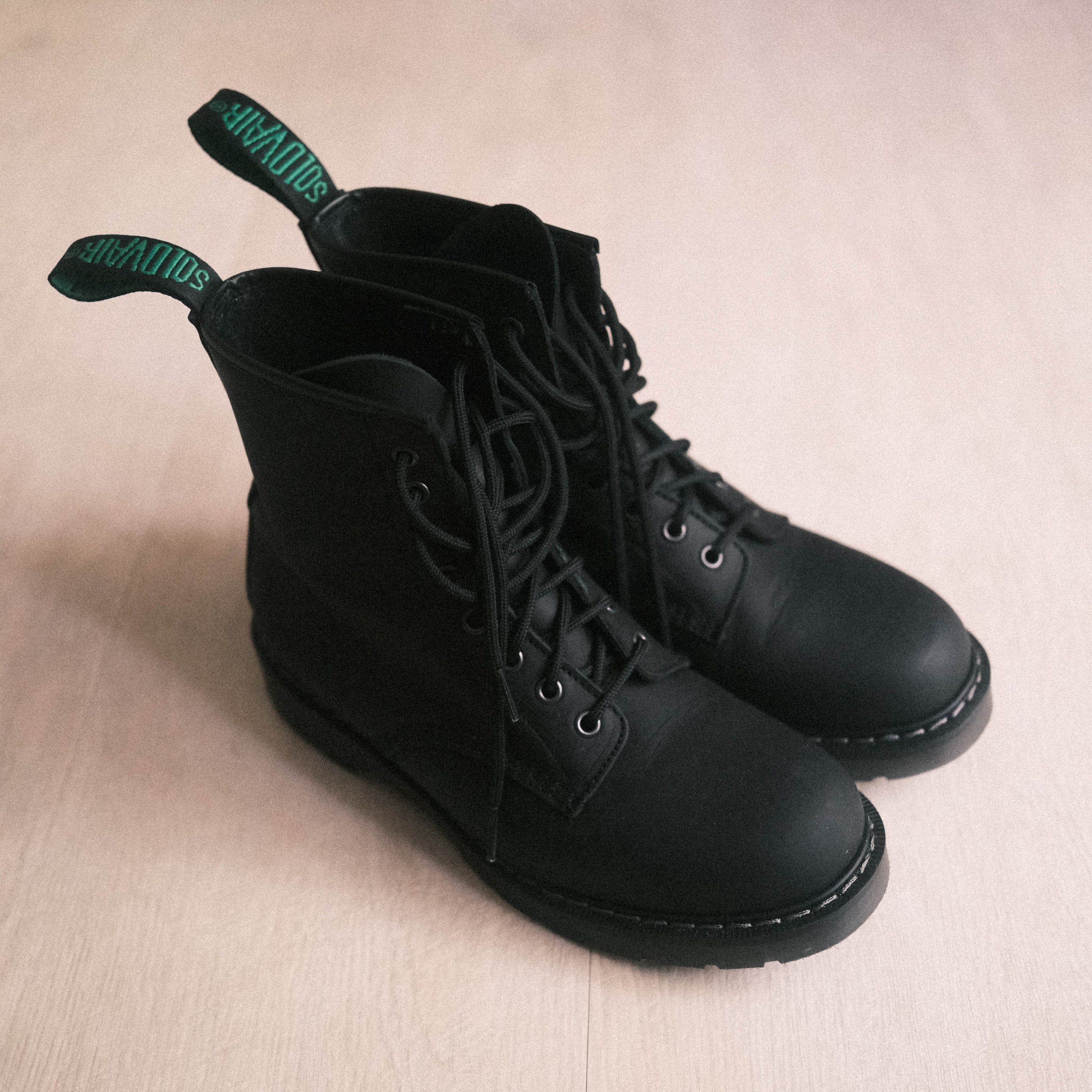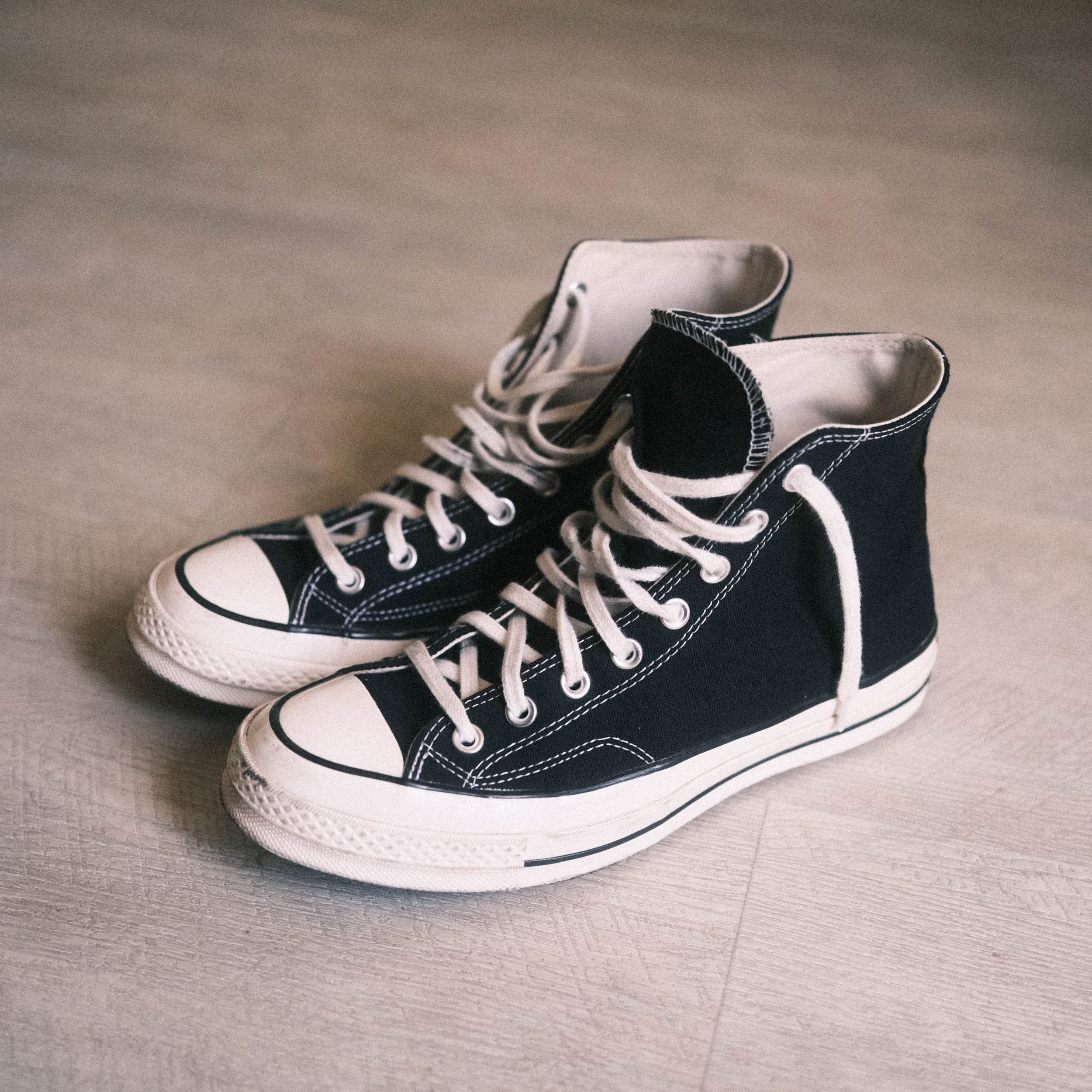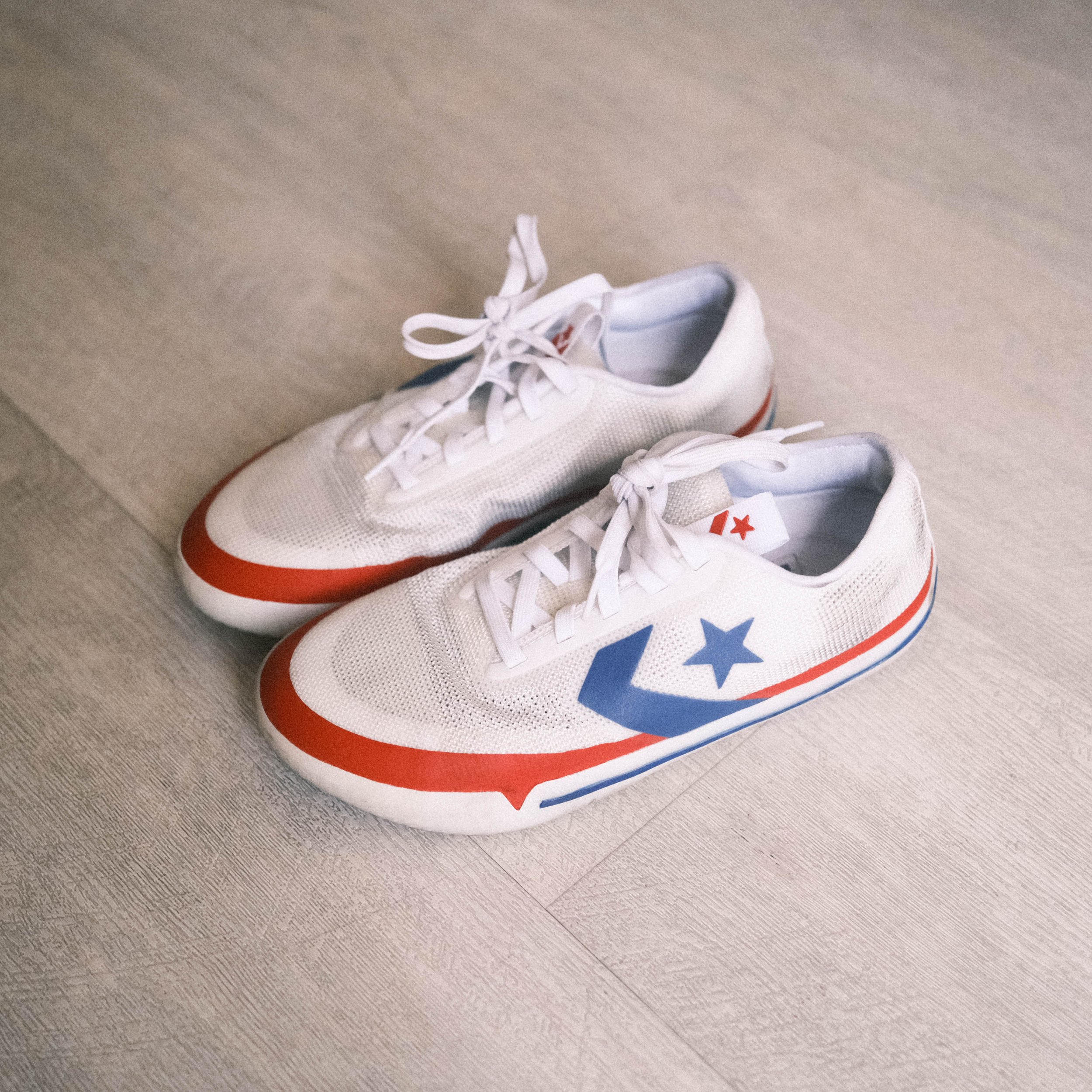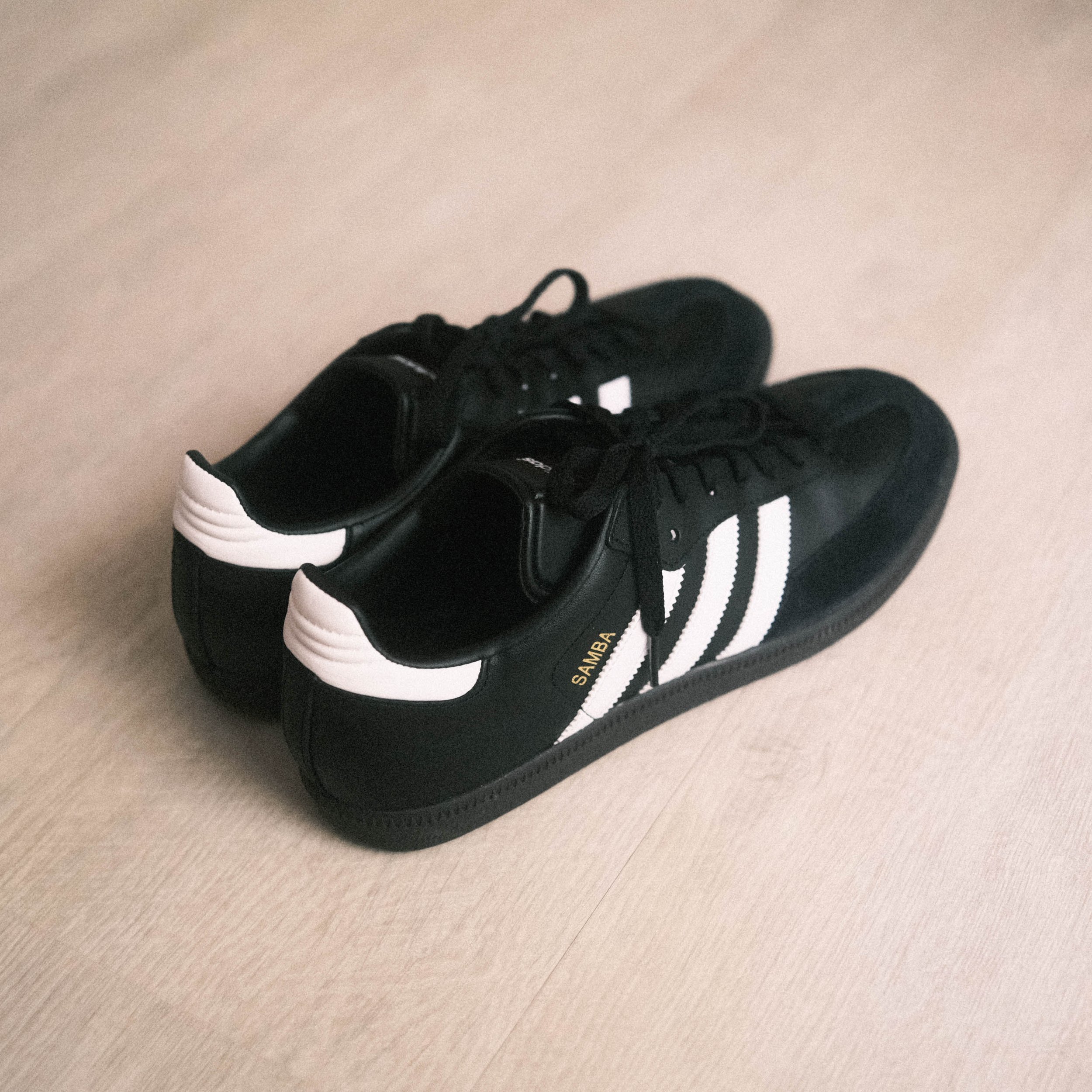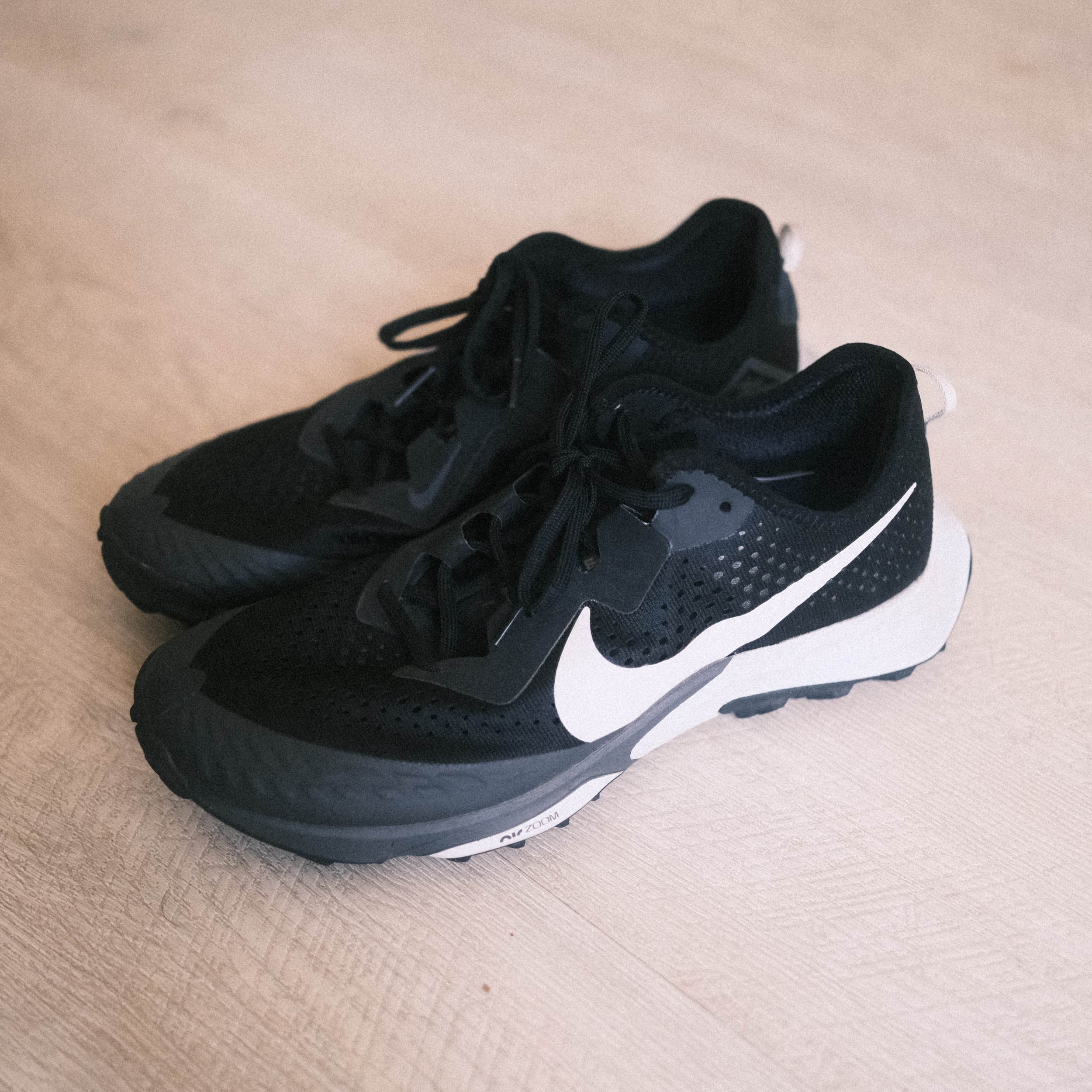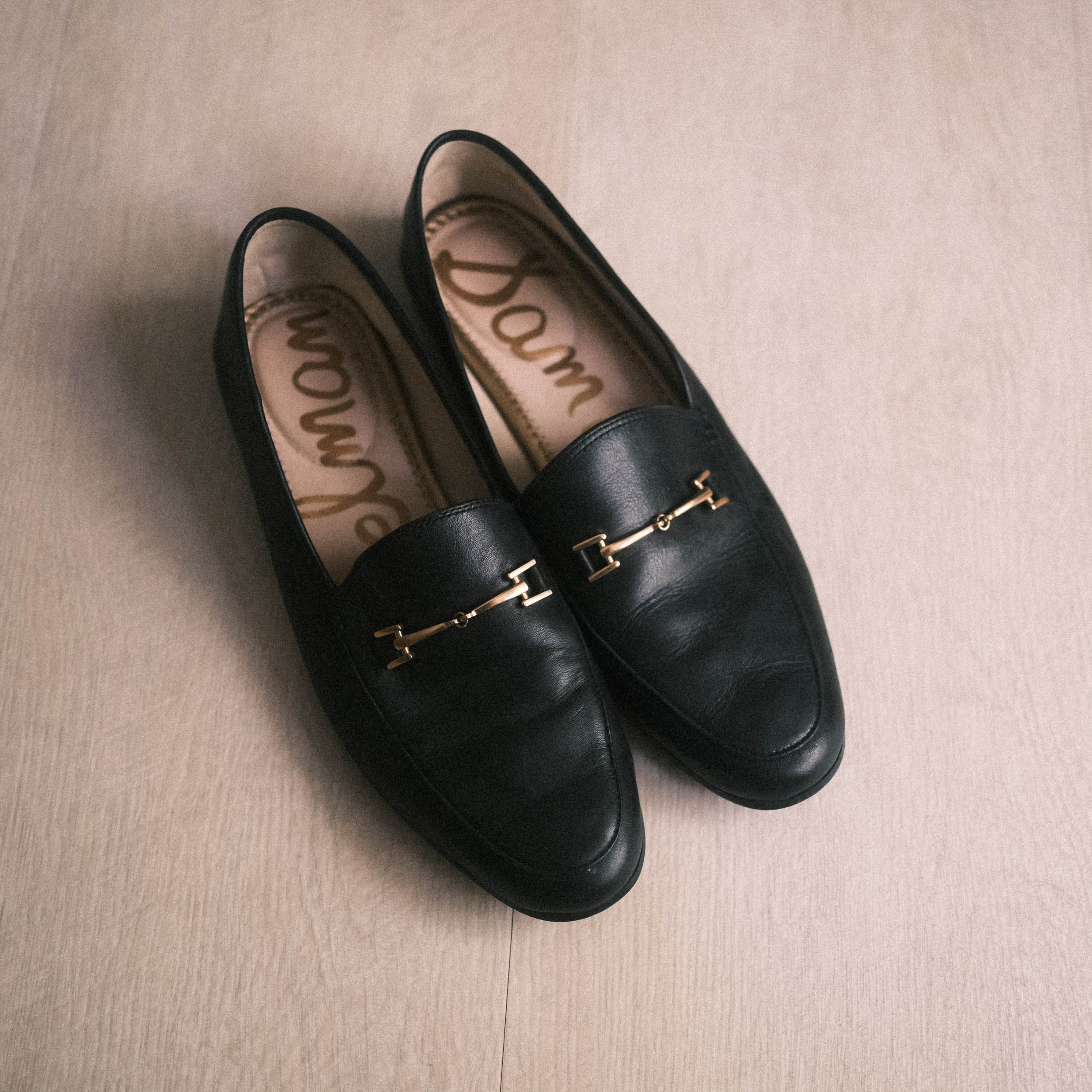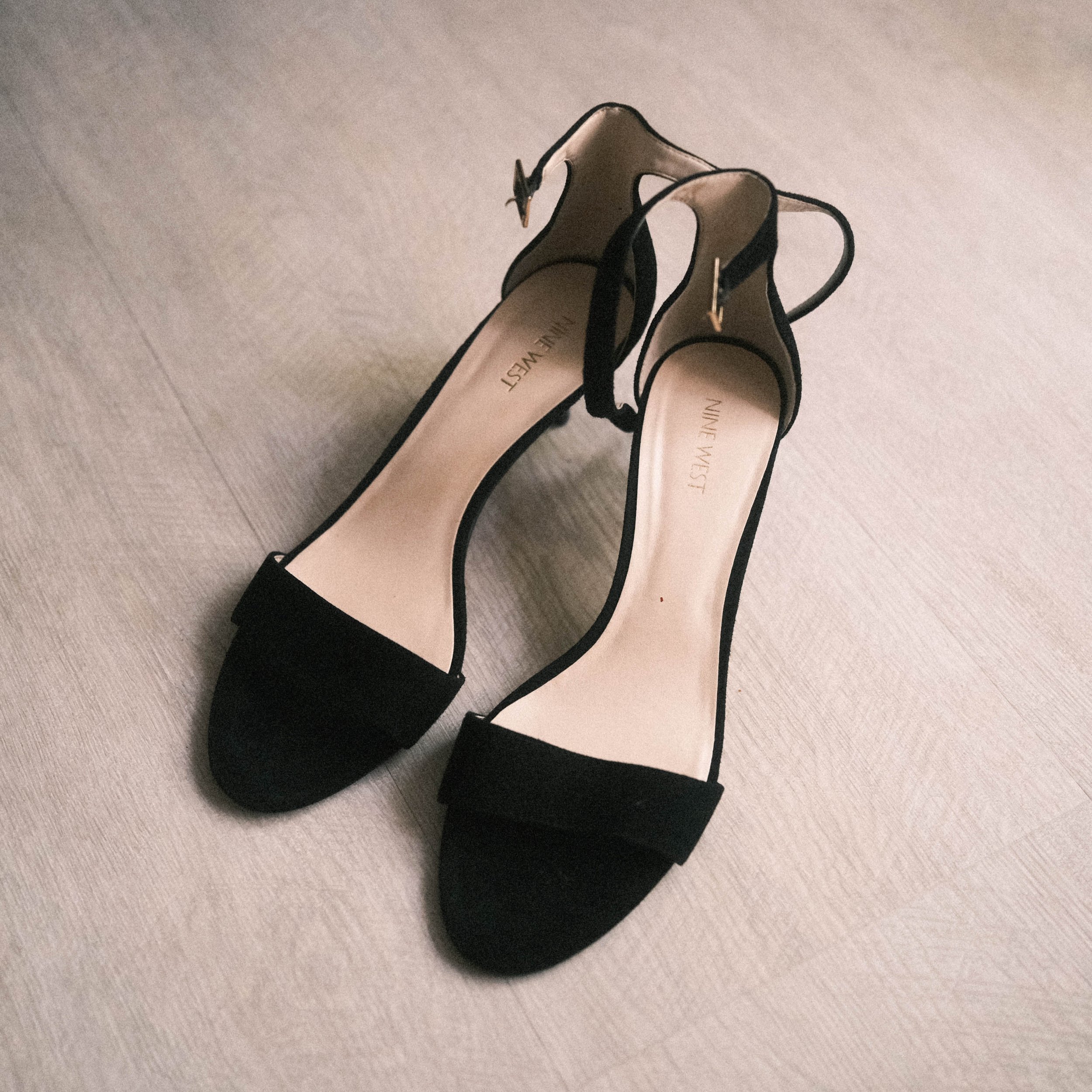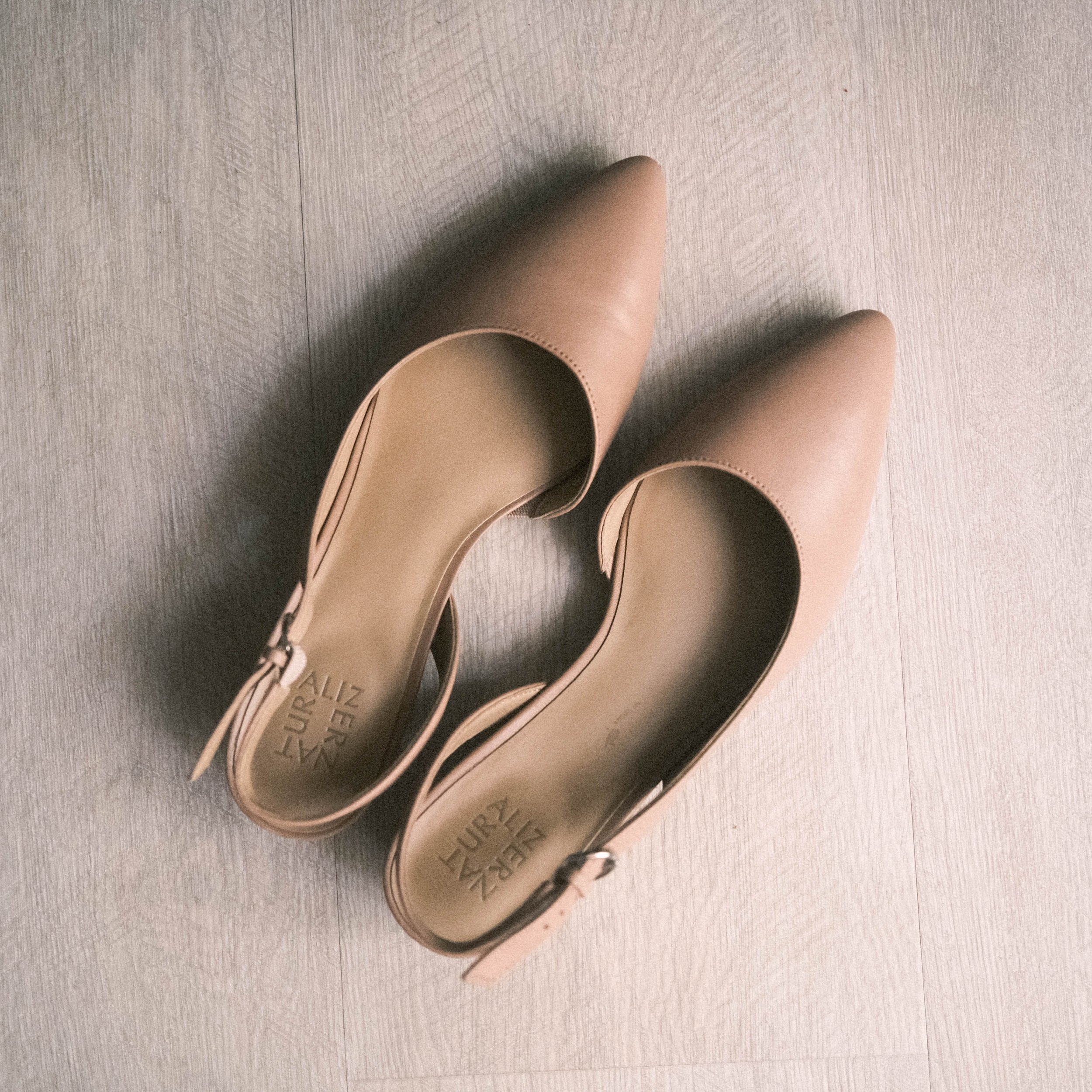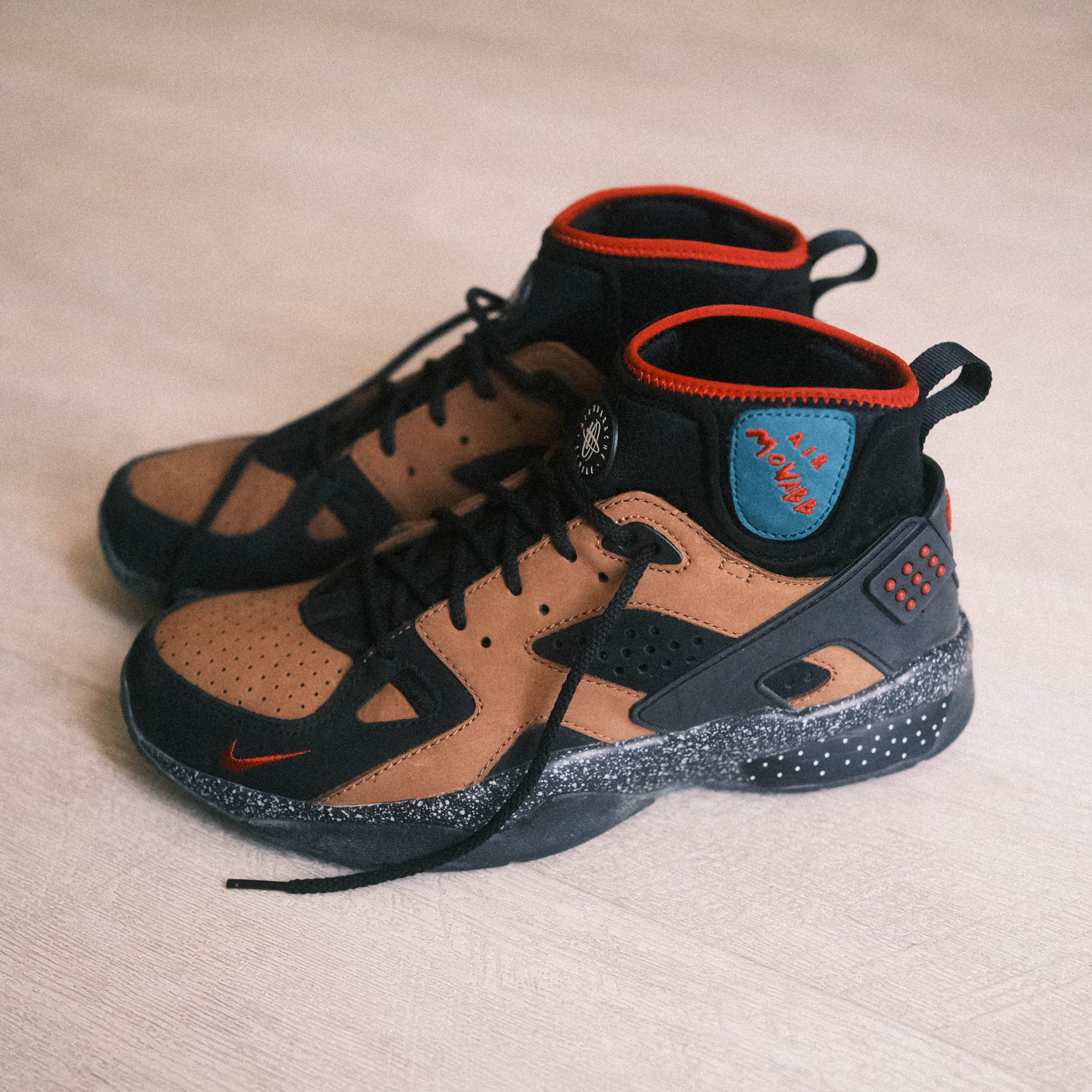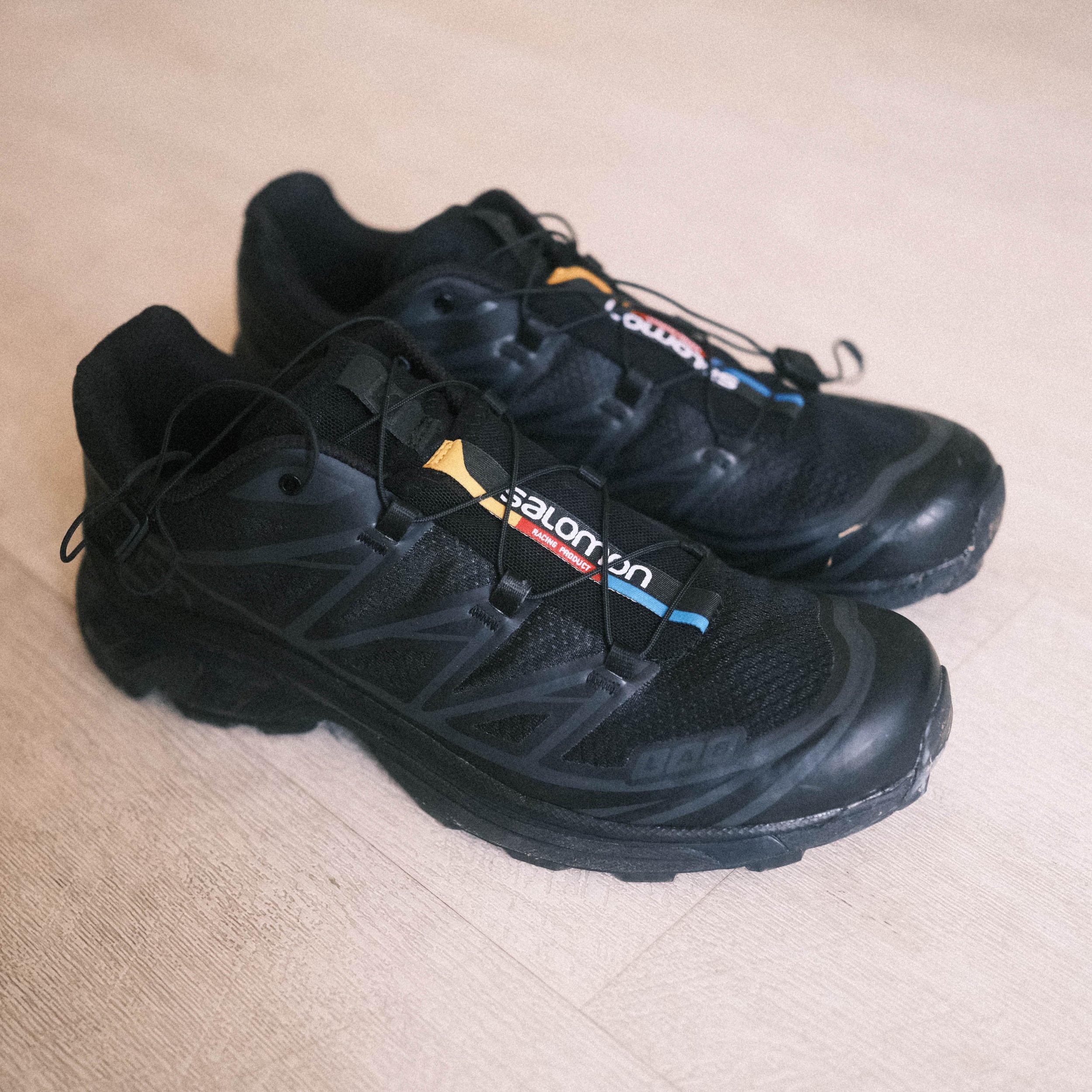wearing things, part ii /
I’ve returned this website to dark mode. I was reading a book about sustainable web design and realized that albeit small (relatively), certain decisions can make a big difference in terms of climate impact. Inverting my website colors is a very, very tiny act in the grand scheme of things, but still matters in terms of intention.
Intention is something that I’ve been thinking about a lot lately. Intention in communication, intention in time, intention in decisions, intention in design. Intention can really be applied to anything.
The intention of my blog is a transparent space where I share my reflections on a wide variety of different topics, for whoever wants to engage with it.
As reflected in my last post, I’ve been spending a lot of time thinking about the intention of the items that I own, how they serve my perception of myself and how I interact with the world. I’ve been on a half-year-long overhaul of my wardrobe to turn it from a random collection of individual items into something coherent.
The average woman has around 19 pairs of shoes, according to Google, which made me feel better about having 15, which I already felt like was a lot. I’ve struggled with finding comfortable shoes. Due to plantar fasciitis and flat feet, it is rare to find shoes flexible enough to not result in arch cramps but cushioned enough not to bruise my feet. I’ve gone through so many different kinds of shoes, but have finally arrived at a set of shoes that allows me to do what I enjoy, respect dress codes, and fit in with the intention of cohesion in my wardrobe.
Starter pack
These are the set of shoes that would get me through 80% of daily life. A pair of laced black chunky boots, Chuck Taylors, and Birkenstocks. It is basic AF, but I’m covered for all seasons and all casual use cases.
outdoor expansion
These are the shoes that enable me comfortably and safely take on various outdoor activities—hiking boots, basketball shoes, running shoes, and stiffer shoes for cycling. I’ve tried to minimize this before, using a single pair of cross-trainers to encompass all activities. While it satisfied the minimalist intention and they were decent all -around, they weren’t the “right” shoe for anything. I slipped on hikes, my soles would hurt after basketball and running, and they were not durable to the bike pedal pins. While I 4x’d the number of shoes to be able to fit my various use cases, I have more confidence in taking on each activity, which overall contributes quality of life.
social expansion
If I had it my way, I wouldn’t need fancy shoes, but I respect dress codes and want to look appropriately presentable in all contexts. My goal at fancy events is generally to blend in. I have a pair of loafers from my consulting days, one pair of open-toe heels, one pair of closed-toe heels, and leather sandals. These take me from business casual to semi-formal and I don’t expect to ever be invited to black-tie event.
aesthetic expansion
And finally, I have shoes that don’t serve a functional goal, but I really enjoy wearing for aesthetic and comfort purposes. I have a pair of Salomon lifestyle shoes that are very easy to take on and off and work across my wardrobe, my favorite Nike’s designed by Olivia Kim, and chunky black oxfords. I don’t “need” these shoes for anything specifically, but I wear them all the time.
I’ve been applying the same approach the rest of my wardrobe. I have a core wardrobe with different “expansions” based on outdoor activity and fancy dress codes, and items that I have that are for pure enjoyment and self-expression. Splitting the items into different groups helps provide clarity on which items I should expect to use more often than others. For example, at some point I thought about getting rid of my heels because I haven’t wore them in two years. After reflecting on it, I realized that I don’t own heels to wear them constantly, and that they’re for special events that were mostly cancelled during COVID. Likewise, I’ve made the mistake of getting rid of running shoes before because I was in a slump, and then, months later, used the lack of shoes as an excuse not to run. I try to remember now that material possessions can weigh me down mentally, but they are also what enables me to do activities that are rewarding. I’ve been socially anxious about going to events before because I didn’t have the right shoes, and while it’s easy to go overboard, I do realize now that having a intentional wardrobe is very liberating—I don’t have to panic buy a dress because I got invited to a wedding that I was unprepared for, only to never wear it again because I only bought it under time pressure.
I expect that this will mostly conclude my reflections on clothing and fashion for the year. When I started on my closet reorganization and overhaul, I did not expect it to take up so much active thought and energy (and also money). I felt guilt over the consumerist aspect while figuring it out, but ultimately, I think it was worth it to prevent the reactionary cycle of having a full closet but constantly feeling like nothing was right. It made me more susceptible to advertisement, which often preys on the feeling of a new item perfectly filling a gap (sometimes an invented gap). Anything felt like it could fit when I had no sense of what the gaps really were. Now, advertisements rarely trigger any kind of emotional response because I’m self-aware about the gaps and I know exactly what I would want to fill them. Overall, I’m eager to take the energy I’ve spent reading about fabric weight, cuts, color theory, thread count, shoe lasts, and insulation and apply it to other parts of life. But if anyone is looking for a wardrobe redesign, let me know. It was pretty fun.
